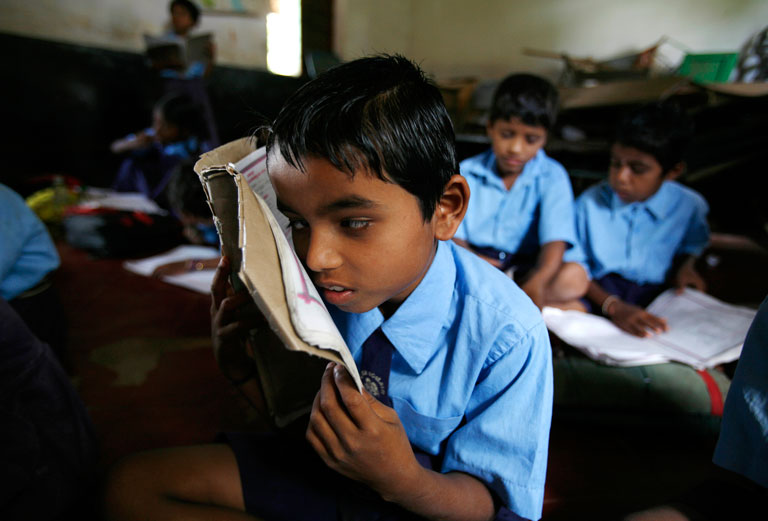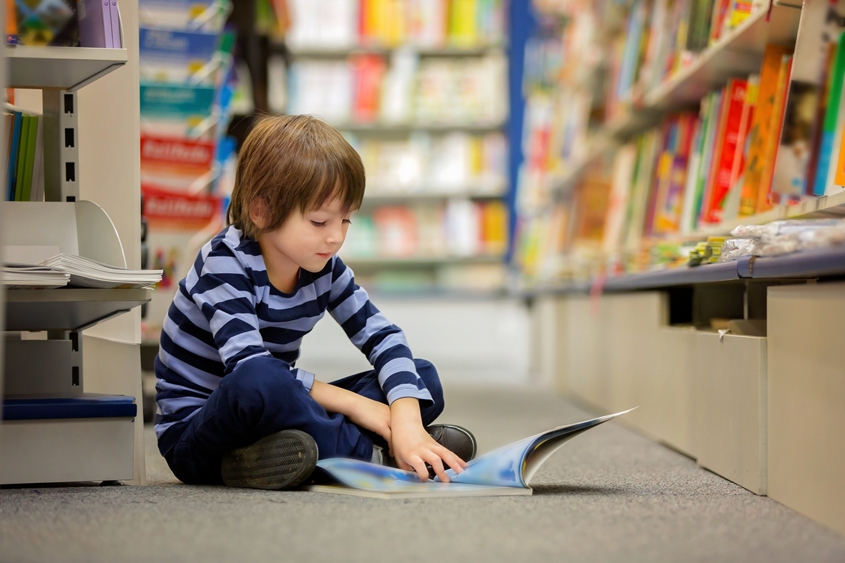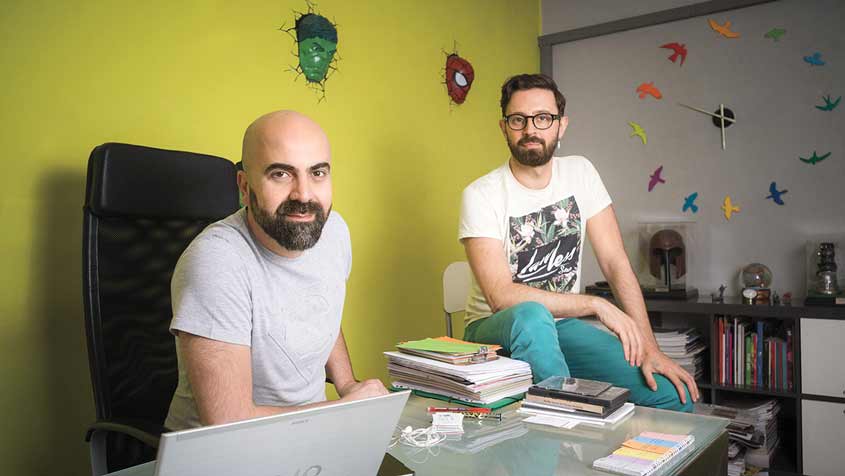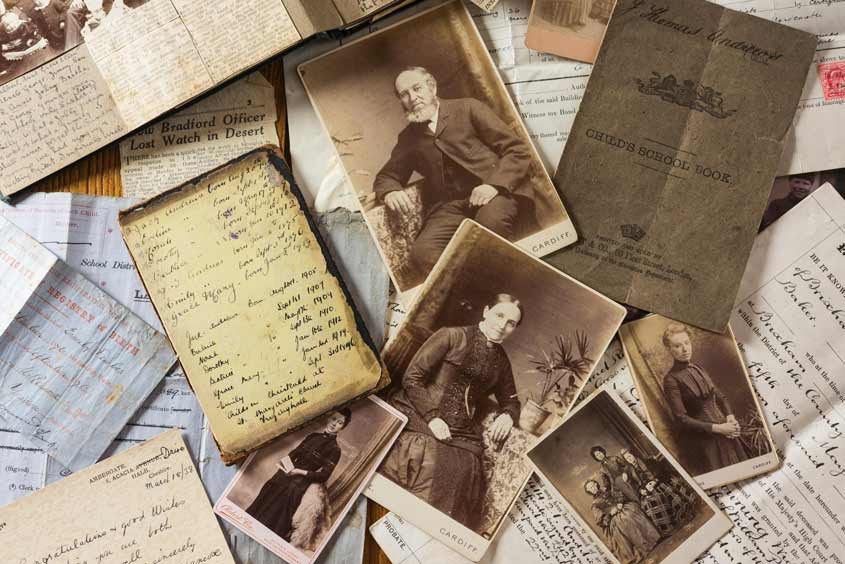By Catherine Jewell, Communications Division, WIPO
“Knowledge is power” wrote the sixteenth century philosopher Francis Bacon. Access to knowledge opens the door to education, employment, and a fruitful and independent personal life. While many of us enjoy unprecedented opportunities to access knowledge and information, millions of blind or partially sighted people around the world have little or no access to the books, newspapers or websites where that knowledge is found. Of particular concern are the estimated 6 million children around the globe with a visual impairment. Eighty percent of these children live in developing countries and over 90 per cent of those living in these under-resourced settings - some 4.4 million children – do not receive an education.

In December 2014, WIPO brought together leading human rights advocates, H.E. Ambassador Aubrey Webson from Antigua and Barbuda, Lord Colin Low of Dalston from the UK and Legislator Monthian Buntan from Thailand to explain how the rapid entry into force of the Marrakesh Treaty to Facilitate Access to Published Works for Persons Who Are Blind, Visually Impaired or Otherwise Print Disabled (The Marrakesh VIP Treaty), concluded in June 2013, will affect the lives of these children and generally improve equality of access to knowledge and information. The Treaty, which addresses legal barriers to the international exchange of works in accessible formats, will enter into force when 20 countries ratify it. At the time of writing, just six countries have done so: El Salvador, India, Mali, Paraguay, the United Arab Emirates and Uruguay.
Tackling the global book famine
People who live with blindness or visual impairment face a chronic shortage of reading material. According to the World Blind Union less than 10 percent of published works are available in accessible formats. This is often referred to as the “global book famine”. In itself, it is “a condition that is man-made… and has seen many people, including myself, go hungry for material because of the lack of books and the lack of material,” said Ambassador Webson. “The implication of low literacy among blind people is similar to that of any other group, sighted or otherwise. If your level of education is poor your employment opportunities are poor, and being blind you have a double handicap because you already start at a disadvantage.”
Ratifying the Marrakesh Treaty: a top priority
“Ratification of the Marrakesh VIP Treaty by governments is and must be the number one priority,” Ambassador Webson said. “Most developing countries do not have a library service that is focused on providing any form of book to persons who are blind,” he explained. “It is important that we get governments to ratify the treaty because of the opportunities it gives to all citizens. It is not just the right thing to do; it is an economic opportunity as well. If you provide the opportunity for learning, persons who are blind can take their place in the social and economic life of society and make an economic contribution.”
About the Accessible Books Consortium (ABC)
Launched in June 2014, as a complementary practical initiative to support the goals of the Marrakesh VIP Treaty, the ABC seeks to increase the number of books worldwide in accessible formats - such as braille, audio and large print - and to make them available to people who are print disabled. It does this through three main activities, namely:
- training in the production and distribution of accessible books (capacity building);
- the promotion of “born accessible” publishing (inclusive publishing), and
- an international book exchange known as the TIGAR Service.
The ABC is an alliance consisting of WIPO, the World Blind Union, the DAISY Consortium, the International Federation of Library Associations and Institutions, the International Authors' Forum, the International Federation of Reproduction Rights Organizations and the International Publishers Association.
“The Marrakesh Treaty has given us an opening. It is an opportunity to be creative about getting material into the hands of people who are blind,” he said underlining the need for governments, non-governmental actors and the private sector to work together to develop strategies for improved access to learning materials. “We can no longer simply look at model projects. The backlog is too great. The strategy must bear in mind not just needs of the few but how we can respond to the needs of the many.”

Children with visual impairment are often left behind
Legislator Monthian Buntan, a member of the Thai National Legislative Assembly, noted that in a country with near 100 percent literacy rates among sighted students, “less than 10 percent of people who are blind or print disabled in Thailand have received any form of education.” In addition, less than one percent of text books are available in formats that blind or partially sighted students can read.
Strong legal framework but many practical challenges
While significant practical challenges remain in terms of achieving equality in education and employment for blind or visually impaired persons, Thailand has in place, a robust legal framework. “We have one of the best disability laws in the ASEAN region and probably one of the best in Asia,” Mr. Buntan said. “However, when it comes to implementation and enforcement of the law or securing a fair budget allocation in order to achieve equality in, for example, education, to have enough books to read, we are still far from achieving the goal of equality.”
Legislator Buntan noted that in November 2014, the National Legislative Assembly of Thailand had amended the country’s Copyright Act. “This will pave the way for us to ratify the Marrakesh Treaty very soon,” he said, underlining the importance of the Treaty’s early implementation. “We need to increase the number of countries which ratify and effectively implement the Marrakesh VIP Treaty to make books available in accessible formats for all people.”
Barriers to literacy
One of the key barriers to literacy in Thailand, Mr. Buntan believes is a low level of understanding about accessibility. “Access to information and knowledge remains very abstract for some people,” he said. “We need to find ways to win public support conceptually otherwise it will take 100 years” to achieve equality. The Marrakesh Treaty, he noted, is “a good living example of how to increase experience-based understanding of the importance of having accessible reading material.” Speedy ratification of the Treaty would also support the Accessible Books Consortium in its mission to address practical barriers to access and expand access to local content.
Legislator Buntan summed up the stark reality facing blind and partially sighted people in developing countries, “no accessible book; no quality education.” The implications of this in terms of their ability to live fruitful, independent lives are far-reaching. “When you are able to participate effectively and fully in the education process then you can talk about meaningful employment and full and effective participation in society. But without access to knowledge and information through accessible books or reading material you fail the first step which is education. And once you fail in the area of education, employment is impossible,” he explained.
Video: "Accessible Books: An Important Step on the Path to Literacy" panel.
Using technology to facilitate access
A key player in terms of improving access by visually impaired persons to reading material, the Thailand Association of the Blind (TAB) spearheaded the development of a user-friendly system that offers around-the-clock access to talking books, daily newspapers, weekly magazines and the like. Its TAB 1414 service is an extremely popular system for delivering content to home or mobile telephones. To date over 10 million calls had been received from users who access the service by dialing the number 1414 onto the keypads of their home or mobile phones. “TAB 1414 is ready for sharing with the international community, especially developing countries,” noted Mr. Buntan.
A second generation, web-based multimedia streaming service, known as TAB2read.com is also under development. TAB2read.com is available via the Internet on computers, smartphones and tablets, and allows “people to read through their eyes, ears and fingers one at a time or all at once,” the legislator explained.
Learners need materials in accessible formats
In the UK, Lord Low, President of the International Council for Education of People with Visual Impairment (ICEVI), recounted how the dire shortage of text books in accessible formats for blind or partially sighted students in mainstream UK schools prompted government action. Successful lobbying backed-up by strong evidence, government leadership, and adequate funding, had made it possible to develop and launch the Load2Learn service, “a self-sustaining model that gives schools access to learning materials in electronic format.” Established by the Royal National Institute of Blind People (RNIB) and Dyslexia Action, the service now hosts “over 7,000 accessible versions of text books, exam papers, educational images and other key curriculum materials,” Lord Low explained. “Learners need their reading materials in a form that is accessible to them and flexible electronic versions can be very effective.”
“Kit, Content and Confidence”
For ICEVI, technology offers great promise in achieving equality of access within mainstream schools. “One of our top priorities at the moment is to use technology to facilitate the inclusion of visually impaired children in mainstream schools,” Lord Low explained.
While content is a key part of the solution, it is, however, “only part of the jigsaw,” Lord Low explained. “There are three factors that really need to be encompassed in any initiative to make curriculum materials more available - kit, content and confidence. We have been speaking mainly about content up to now, but it is very important for accessing this material that young people in education and their teachers have access to the devices, (computers, laptops or mobile phones, etc.) and the confidence to use them efficiently.”
ICEVI’s international programs
Beyond the UK, under its Education for All Visually Impaired Children Initiative (EFAVI), ICEVI is galvanizing international efforts to improve access to education. Together with its development partners it has “been instrumental in getting over 100,000 children into school in more than a dozen countries and over the last five years we have conducted more than 250 capacity building programs with nearly 40,000 parents and teachers.” While it recognizes that this is just “scratching the surface,” ICEVI is developing strategic partnerships with international partners to enhance its ability to broaden access to learning materials in developing countries and to ensure that visually impaired children get an education.
The contribution of the Accessible Books Consortium
Commenting on the contribution of the Accessible Books Consortium (ABC), which addresses practical barriers to access, (see Accessible Books Consortium: Breaking Down Barriers to Accessibility) in tackling the global book famine, Lord Low believed it could play five key roles. “First, creating a network of experienced people who have solved issues in low resource areas; second, demonstrating how publishers can create materials that are born accessible; third, sharing content across services and national boundaries; fourth, developing training materials that enable scaling-up of production and usage of accessible reading options; and fifth, exposing where gaps still exist such as low-cost devices, internet connectivity or availability of text-to-speech translation software in many languages.”
Optimistic about the future
In spite of the huge challenges ahead, the panelists were upbeat about the future. “There are some very exciting things happening with technology that are going to make blind people more and more equal” noted Ambassador Webson. “As we look ahead and we create the channels for inclusive education and inclusive services and create a much more inclusive society, you can’t help but be optimistic,” he said. “It can only get better if we come together and manage to move along the things that we are doing, like the Marrakesh Treaty, the ABC, and if we can make technology more responsive to the needs of people with print disabilities, we have a great life to live.”
Some examples of accessible formats
- E-Books - The emergence of e-books is a positive development enabling blind and partially sighted people to read using large print, electronic braille, or to listen via text to speech or audio applications. While a growing number of e-books exist, many more titles are not yet available in this format.
- Giant print books - many national libraries offer books in very large print. In such a format, Harry Potter and the Goblet of Fire would be five volumes.
- Braille books – Braille, a code based on six dots arranged in two columns of three dots, enables blind people to read with their fingers and to write. A number of Braille technologies (displays, printers, electronic note takers) enable those who know the code to access material online.
- Talking books - texts read by professional actors are a pleasant alternative to synthetic computer speech.


